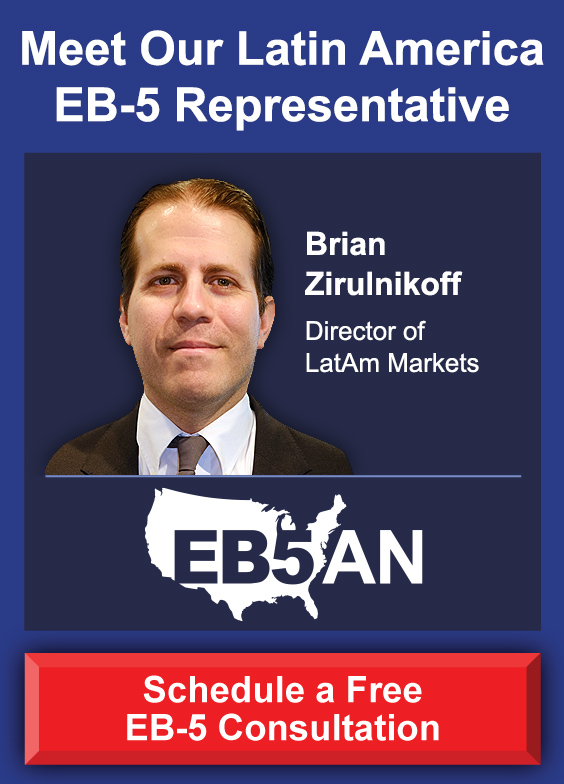
EB5 applicants have the option of direct investment or investing through a regional center. Each offers their own advantages and drawbacks, but both investment models require investors to create at least 10 full-time, permanent jobs. With direct investment projects, only direct jobs could be counted towards employment creation. These are typically ongoing operation or construction positions that are created by the EB-5 project itself. Direct investment can make it difficult to create enough employment as the investor is limited to one job type. This is where regional center investments hold a significant advantage; they can count direct, indirect, and induced jobs towards job creation.
Indirect and induced jobs are similar in that they reflect the economic impact of the EB-5 project. As investment capital is spent on goods and services to support the project, indirect jobs are created. Induced jobs are created from project employment. As workers spend their income within the surrounding community, new jobs are created. It was through regional center investments that the “tenant-occupancy” model was possible.
In the past, United States Citizenship and Immigration Services (USCIS) accepted the tenant-occupancy model as a way to meet employment generation requirements. The tenant-occupancy model counts job creation by tenant businesses that lease space in property developed with EB-5 funding. However, this model held significant potential for issues, and experienced EB-5 immigration attorneys were often necessary to navigate such circumstances.
On May 15, 2018, USCIS revised its Policy Manual to state that the agency would no longer count jobs created via tenant-occupancy of EB-5 properties. This change followed years of skeptical attitude towards tenant-occupancy job creation. As far back as 2012, USCIS rolled out a Request for Evidence (RFE) for tenant-occupancy to prove the projected jobs would be newly created. Moreover, in December of that year, USCIS issued “Operational Guidance for EB-5 Cases Involving Tenant-Occupancy”. This provision clarified that to claim tenant jobs, the economic analysis must project that their creation was directly attributed to the economic activity of the EB-5 project.








